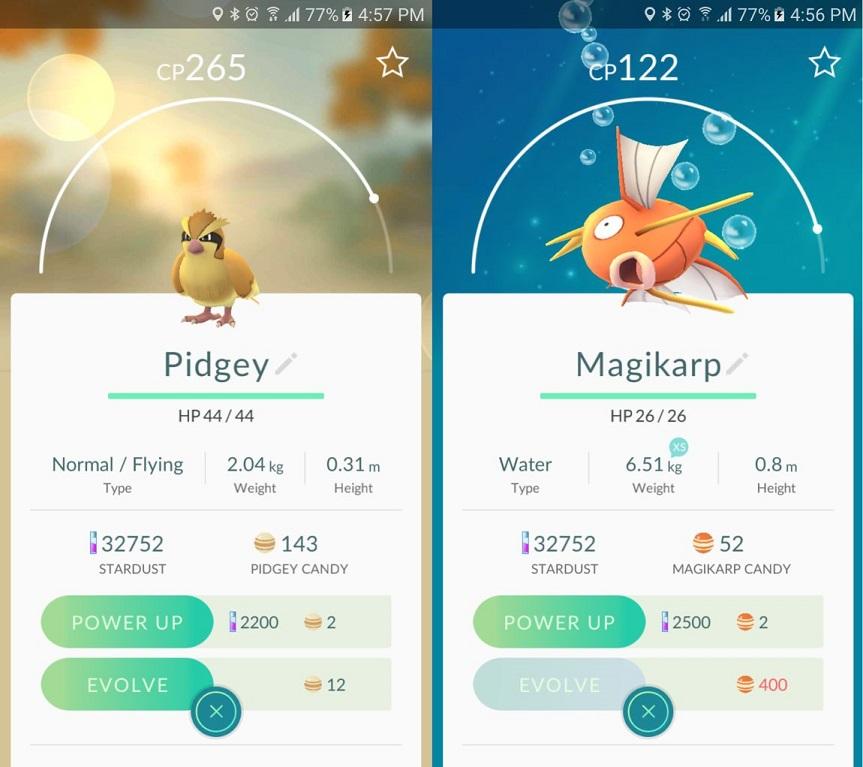Changing the Way We Look at Pokémon Go
25 July 2016
Those of us in the Sydney office have noticed a change on the streets of the city. A new breed of inhabitants has popped up on every street corner, like a deer in headlights (sometimes literally) as they find themselves caught… by drivers, cyclists and other pedestrians frantically weaving out of the way to avoid the people with their eyes glued to their phones. Pokémon Go mania has hit the town!

If this picture means nothing to you, you either don’t have kids, or you grew up before the ‘90s.
What is Pokémon Go all about?
For those who have never played any Pokémon game and aren’t familiar with the cartoon series, the goal in Pokémon is generally to catch all of the Pokémon available. Those Pokémon can be evolved to make them stronger, allowing you to send them off to battle with other people’s Pokémon. Wait, when was slavery made illegal again..? (Ed: Er, it’s always been illegal…)
Pokémon Go has evolved the basic concepts into an open-world game that allows you to find Pokémon in the real world using their Augmented Reality software to pair the game up with a smartphone camera. If you haven’t seen the pictures all over Facebook, Twitter, Instagram, Snapchat, LinkedIn or whatever other social media or news presence you use, then I congratulate you for successfully having had your head in the ground for the last two to three weeks.
What does this have to do with us?
We appreciate that it is a collaborative crowd-based game and there are precious few instructions in the game on what actually happens when you accumulate “candies” in the game to evolve your Pokémon. For those who don’t play the game, each Pokémon that you catch has a certain rating (“CP”) that represents its Combat Power. When you evolve a Pokémon, its CP is scaled up by a multiplier, making it more powerful. How much exactly is a bit of a mystery. This sounds like a forecasting problem, and we know how useful Excel can be when we’re forecasting!
Excel, Power Query and Google Docs
An ambitious user on the site Reddit has crowdsourced data on evolutions to estimate what the evolution multipliers might be. CarlitoCarlin has put together a sheet on Google Docs and set up a form for the world to enter data in. Obviously, this means that the data coming out of it is subject to concerns around data quality, but it gives us a starting point to work with.
If you weren’t aware, you can use Power Query in Excel to connect to a Google Document that has been shared. This gives us the ability to reach out to the internet, download the data that CarlitoCarlin has generously assembled for us, and import them into an Excel spreadsheet that we can easily use on our computer, or download to our phone.
Using the data on multipliers, we have created an easy-to-use spreadsheet that will allow you to input what your current levels of Pokémon candy and CP are for the ones you want to test, and calculate for you:
- How many additional Pokémon of that type you need to catch in order to evolve it (are you still saving up for that Gyarados..?)
- How powerful the Pokémon you evolve is likely to be
- If you have multiple stages of evolution, whether you will get a higher level by evolving the base Pokémon, or by evolving the first evolution
- If you don’t trust the numbers coming out from Reddit, you can enter your own multipliers and see how they change the results.

So you get four candy effectively per catch… I need to catch how many fish exactly…!?
To download the calculator, click on the link here.
So if you’re busy catching them all, but you’re not sure whether to hold or transfer your Pokémon, have a go with our calculator and work out what you need to take down the Pokémon Gym down the street. But just remember, we would echo the developer, Niantic, in asking people to please keep your eyes up and open and stay aware of your surroundings!
If you’re keen to know how to build a similar calculator of your own, everything we use from conditional formatting to Power Query is covered in our training courses. Feel free to drop us a line at contact@sumproduct.com or training@sumproduct.com if you want to know more!

